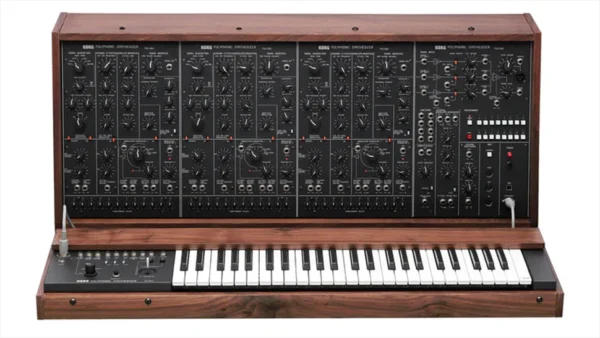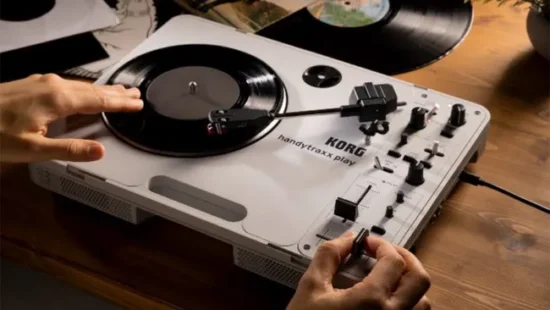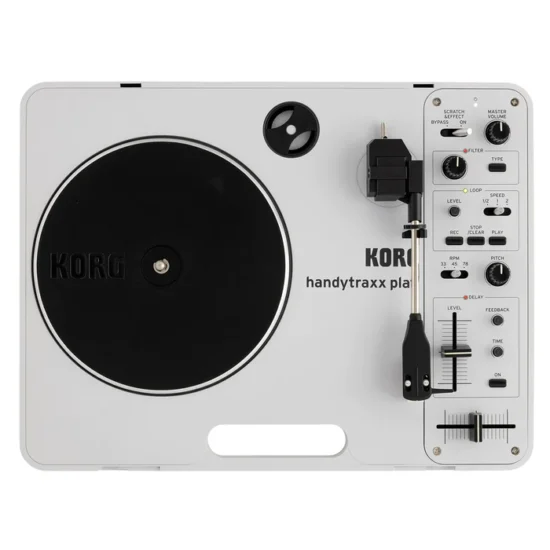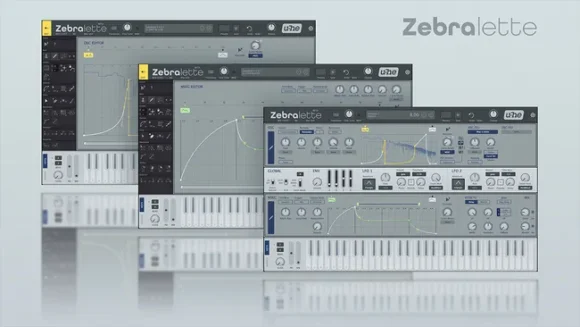Korg Reissuing Rare PS-3300 Semi-Modular Polysynth
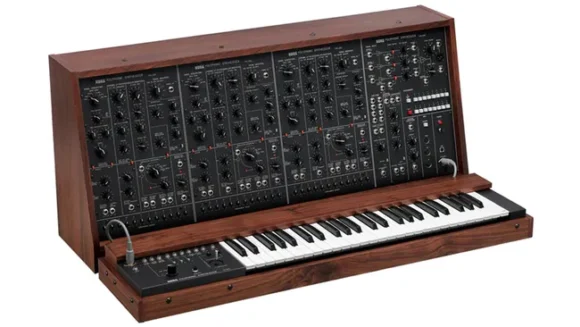
One of the rarest and most coveted synthesizers in music history is coming back.
We thought that Korg might have been done with its pre-NAMM announcements, but the company had just added a ‘PS’ to its list of releases.
Today, Korg has announced the new product is a full-scale reissue of the rare PS-3300, an ultra-rare synth that Korg produced between 1977 and 1981. In fact, only 50 were ever made, and far fewer than that still exist today. In keeping with this history of scarcity, Korg will be making its new PS-3300 to order, and with an anticipated price of $13,000.
The new semi-modular PS-3300 FS will have 49 keys and 49-voice analogue polyphony, up from 48 of each on the original. There are three PSU-3301 synth units in there – effectively three of Korg’s smaller PS-3100 synths – plus a mixer and utility section.
What makes the PS-3300 so special is the fact each key can access three oscillators plus filters, envelopes and amplifiers, giving you 147 analogue synth voices to work with.
There’s also a 3-band resonator that can be used to emphasise three frequency bands. On the original PS-3300, this used a cadmium sulphide circuit, but this has been replaced with modern components to comply with regulations.
Each PSU-3301 unit has its own microtuning knob, and a new 16-program, 16-bank memory function means that you have 256 patch storage slots. USB/MIDI jacks are another modern nicety, as is a dedicated librarian app for easy preset management.
A non-playable prototype of the PS-3300 FS will be on display at the NAMM Show, with production on orders set to take place later this year.
“Bringing back to life these legendary machines is not only a process of reproducing circuits and sounds, but also of learning and embracing the essence of the philosophy and development of synthesizers,” notes Yoshihito Yamada, Chief Engineer of Korg Analog Synthesizers. “Through this project I was able to relive the history of Korg and a critical moment in the evolution of our synthesizers. This was an extremely valuable experience that provided an opportunity for Korg’s philosophy and technology to be carried on to future generations.”
Suddenly, that price tag doesn’t sound so ridiculous.
Features:
- 49 keys / 49 voice analog polyphony (the original model had 48 keys / voices)
- 3 Layers: The PS-3300 consists of three synthesizer units (PSU-3301) and a mixer & utility section (PSU-3302)
- Three independent oscillators, plus multiple filters, envelopes and amplifiers for every note on its keyboard, for a total of 147 synth voices of raw analog power
- Microtuning knob x12 on each PSU-3301 unit
- New panel memory function (16 programs per bank and 16 banks = 256 slots)
- Modernised for contemporary music use with the inclusion of USB / MIDI jacks, and a dedicated librarian app for easy preset management
- Semi-modular
- 3-Band Resonator: Three frequency bands can be emphasised, a feature unique to the PS-3300 (original was a Cadmium sulfide circuit, but it was replaced with modern components for safety and to comply with regulations)
- Keyboard unit (PS-3010) included
Find out more about the PS-3300 FS and sign up to receive updates on the Korg website.
